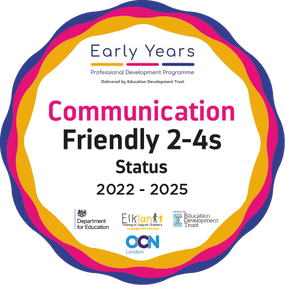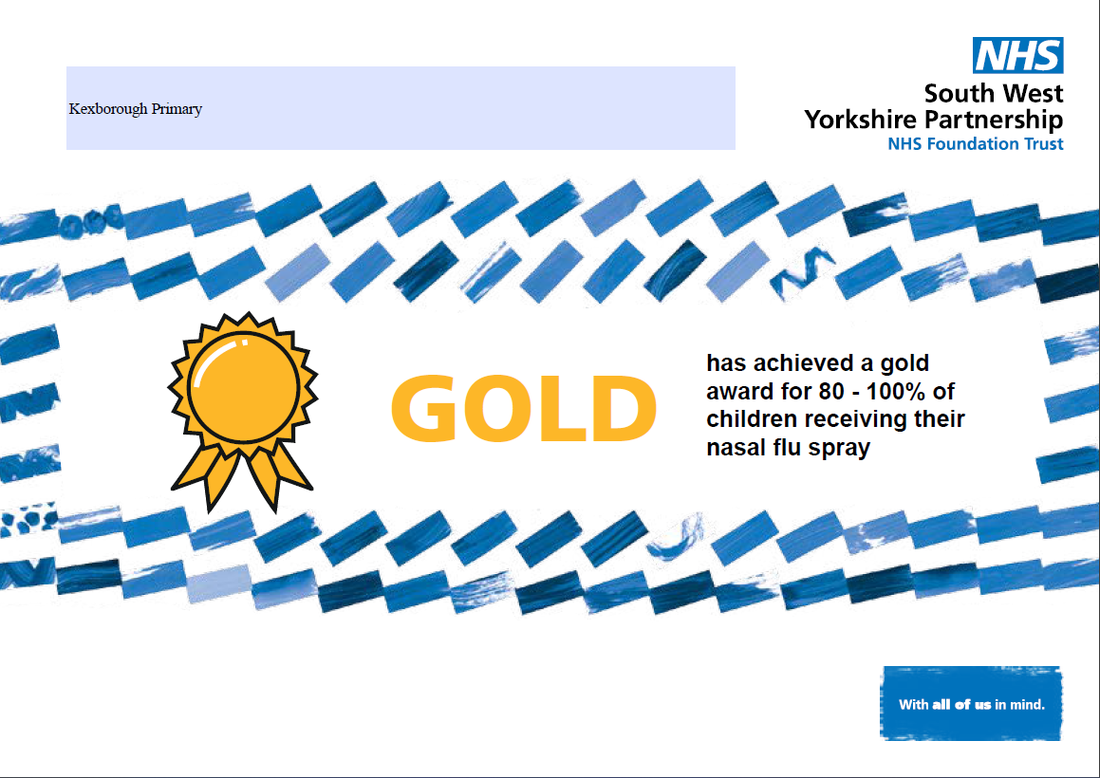,ART AND DESIGN CURRICULUM
Curriculum Intent
Our art and design curriculum is designed to engage, inspire and challenge pupils, equipping them with the knowledge and skills to experiment, invent and create their own works of art, craft and design. As pupils progress, they should be able to think critically and develop a more rigorous understanding of art and design.
Our curriculum is designed to ensure that all pupils
Practising Like An Artist To Become a Master
“Each time you practise anything – sing a tune, swing a club, read this sentence – a different, highly specific circuit lights up in your mind. The simplest skill – say a tennis backhand – involves a circuit made of hundreds and thousands of fibres and synapses.” Daniel Coyle – the Talent Code
At Kexborough Primary School we do not want our Art and Design curriculum to focus solely upon the finished product. This is because for many learners this can be highly intimidating and they will begin to impose barriers to prevent their own success such as “I can’t draw” and “I’m not artistic”. We intend that, through Art and Design lessons, children will understand that ‘art’ is a process that can be learned if broken down into smaller, simple steps.
The learning sequence for Art and Design is designed to steer pupils away from “the talent myth” and we encourage learners to ‘steal’ ideas from each other and other artists, to develop skills over time and grow resilience to gain satisfaction from a ‘job well done’ as opposed to the immediate (but short lived) gratification of a one off piece.
The learning sequence for Art and Design will encapsulate the following aspects, regardless of the year group, planned outcome or stimulus.
* Painting
* Drawing
* Printing / Collage
* Textiles (Link with DT)
These four strands have been chosen to support pupils in making clear progression with some focus areas of Art and Design to ensure that as pupils move through school, opportunities to hone and develop these skills are provided.
Art Coverage Overview Download
Curriculum Intent
Our art and design curriculum is designed to engage, inspire and challenge pupils, equipping them with the knowledge and skills to experiment, invent and create their own works of art, craft and design. As pupils progress, they should be able to think critically and develop a more rigorous understanding of art and design.
Our curriculum is designed to ensure that all pupils
- produce creative work, exploring their ideas and recording their experiences
- become proficient in drawing, painting, sculpture and other art, craft and design techniques
- evaluate and analyse creative works using the language of art, craft and design
- know about great artists, craft makers and designers, and understand the historical and cultural development of their art forms
Practising Like An Artist To Become a Master
“Each time you practise anything – sing a tune, swing a club, read this sentence – a different, highly specific circuit lights up in your mind. The simplest skill – say a tennis backhand – involves a circuit made of hundreds and thousands of fibres and synapses.” Daniel Coyle – the Talent Code
At Kexborough Primary School we do not want our Art and Design curriculum to focus solely upon the finished product. This is because for many learners this can be highly intimidating and they will begin to impose barriers to prevent their own success such as “I can’t draw” and “I’m not artistic”. We intend that, through Art and Design lessons, children will understand that ‘art’ is a process that can be learned if broken down into smaller, simple steps.
The learning sequence for Art and Design is designed to steer pupils away from “the talent myth” and we encourage learners to ‘steal’ ideas from each other and other artists, to develop skills over time and grow resilience to gain satisfaction from a ‘job well done’ as opposed to the immediate (but short lived) gratification of a one off piece.
The learning sequence for Art and Design will encapsulate the following aspects, regardless of the year group, planned outcome or stimulus.
- The environment creates interest, stimulates enquiry, models intended learning and provides a context for pupils to connect skills to meaning.
- Skills are broken into smaller chunks for pupils to ‘master’. Learning tasks include multiple opportunities for repeated practise.
- New skills connect with prior learning and are built progressively but only when earlier learning content has been mastered. Learning skills continue to combine cognitive with affective domain so that enduring memories are developed. Learning becomes purposeful and memorable.
- Social learning through collaboration enhances learning capital and creates collective pride in learning achievements.
- Opportunities to critique each others’ learning and celebrate excellence enables deeper reflection. This creates ‘open to learning’ culture as we embrace ‘useful learning mistakes’
- The final published learning outcomes celebrate the journey of learning, confirming that all learning is purposeful, meaningful and valued.
* Painting
* Drawing
* Printing / Collage
* Textiles (Link with DT)
These four strands have been chosen to support pupils in making clear progression with some focus areas of Art and Design to ensure that as pupils move through school, opportunities to hone and develop these skills are provided.
Art Coverage Overview Download
| art_progression_3_textiles.pdf |
| art_progression_3_textiles_vocabulary.pdf |
| art_progression_4_printing_and_collage.docx.pdf |
| art_progression_4_printing_and_collage_vocabulary.docx.pdf |



